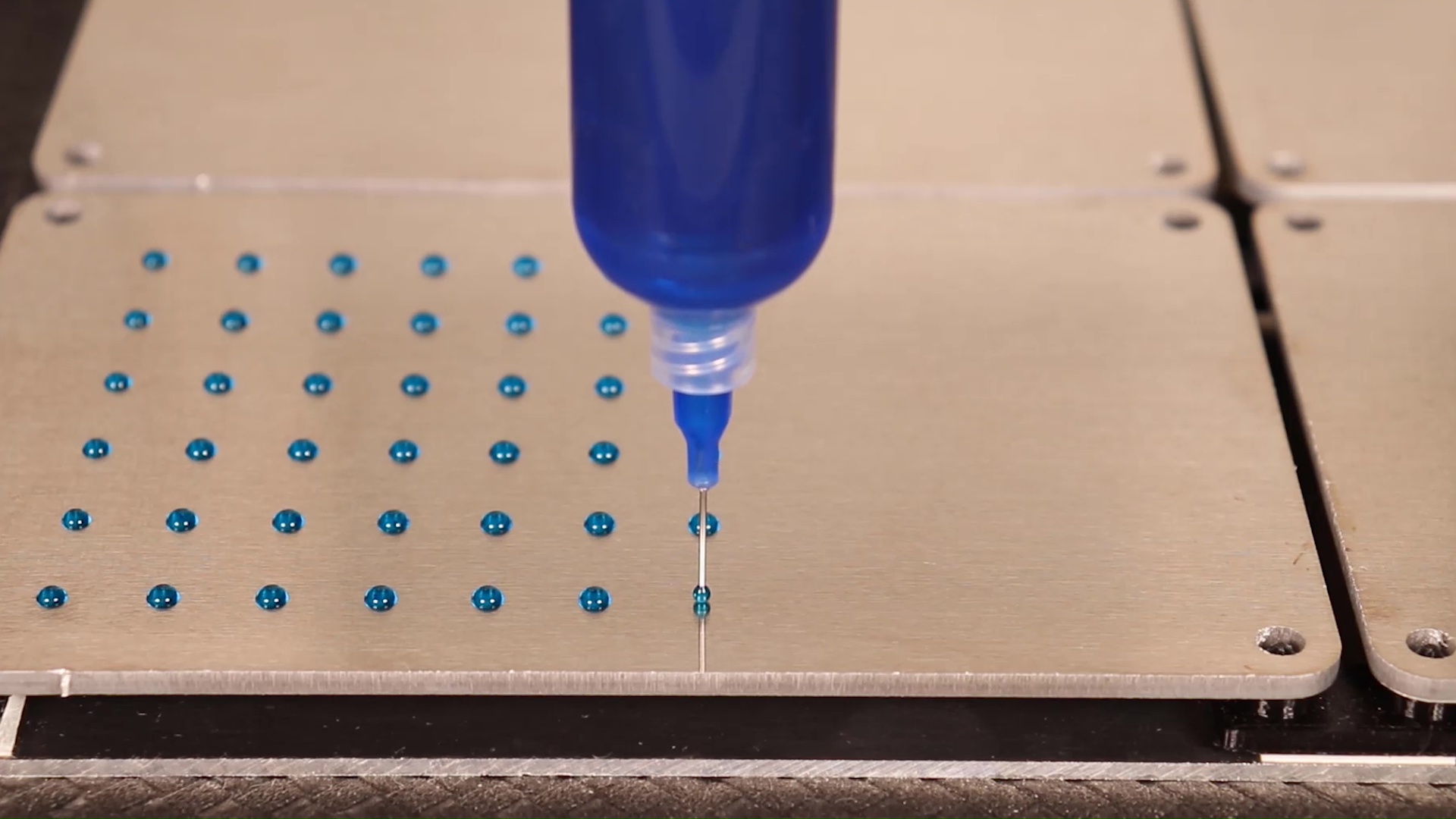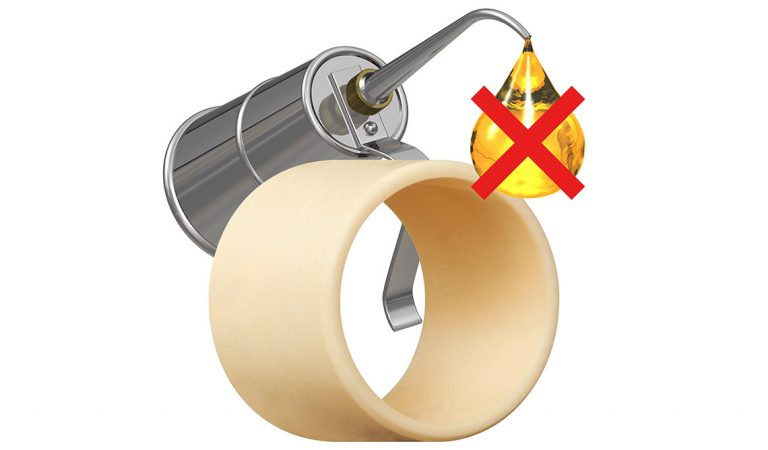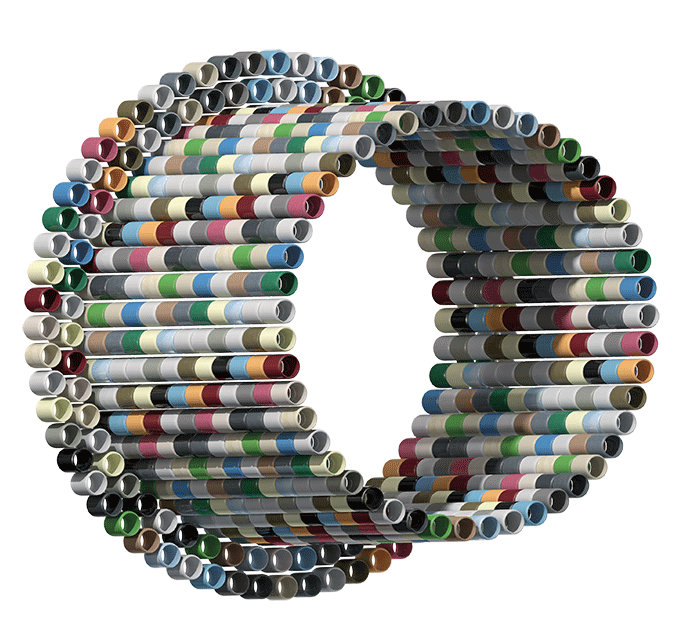
The History of Plain Bearings
Despite playing a relatively small part within any application or machine,
bearings have a long history, and an exciting future ahead. A bearing is defined as a machine element that constrains relative motion into only the desired motion while reducing friction between moving parts. One of the earliest, well-known examples of bearings being used is from the Egyptians, whom would place logs underneath heavy stone blocks to make them easier to pull and move into place.
In more modern times, the term bearing refers more to plain bearings, which rely on lubrication to reduce friction. Plain bearings absorb the
load within the application while friction is reduced exclusively by the lubrication in the system. Without constant lubrication, typical plain bearings will fail. Over the years,
bearing materials have become specifically engineered for certain applications or situations while also reducing or eliminating the need for constant lubrication.
One of the earliest bearing materials to be used commercially was bronze. Due to the softness and relative inexpensiveness of the material, bronze remained the standard bearing material for many years. However, one of the many drawbacks of bronze was the lack of any self-lubricating effect, which meant that the bronze bearing had to be constantly lubricated in order to function properly. Then in the 1930s, Oilite presented a solution to this problem by introducing oil-impregnated bearings to the market. Although the Oilite bearings did not require constant lubrication like its predecessor, Oilite bearings did require constant high-speed rotational movement in order to draw the lubricating oils out of the material. Applications that involved lower speeds, linear movement, or oscillating move could inhibit the lubricating oils from being drawn out of the Oilite material, thus causing metal on metal contact within the application.
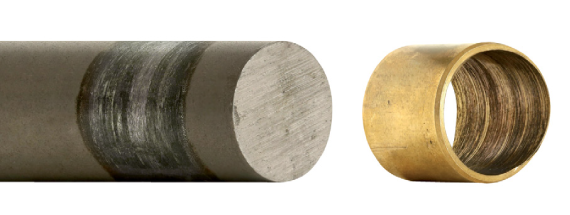
Plain Bearing Innovations
The next major innovation in bearing technology came in the form of metal backed PTFE bearings. As the name suggest, these bearings had metal backing with a thin layer of PTFE to act as the bearing surface. While these were an improvement over Oilite bearings in some applications, once the PTFE lining in the bearing wore away, there would be metal on metal contact, typically leading to the shaft wearing and potential failure in the application.
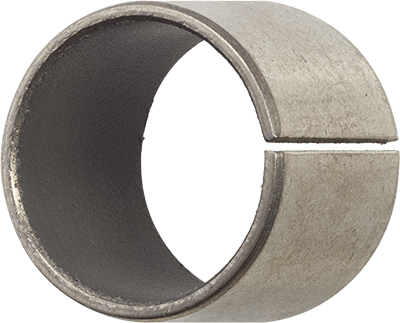
As material science has continued to improve, we have seen a shift from metal bearings to
self-lubricating compound polymer bearings. These self-lubricating, compound polymer bearings are a homogenous mixture of base polymers, solid lubricants, and reinforcing fibers that ensure that the entire bearing can be used as a wear surface. These bearings have proven time and time again that they can be used within applications that traditionally have solely involved their metal counterpart, and in many cases, have lasted far beyond the lifetime of metal bearings. In addition to demonstrating better wear rates than metal bearings, self-lubricating, compound-polymer bearings are maintenance free and do not require any lubrication. When compared to metal bearings, self-lubricating, compound-polymer bearings weigh less, have lower moisture absorption rate, and can be used in dirty or dusty applications. To learn more about the benefits of self-lubricating, compound-polymer bearings click
here.
Plain Bearings for the Future
As we look toward the near future of bearings, we foresee many improvements, both in regard to the
materials being used and the design of the bearings. Whether it is an FDA or EC directive 10/2011 EC-complaint material engineered for use in the food industry, or a bearing specifically designed for
high load applications to compete with fiber-wound bearings, bearing materials are constantly being designed to meet the growing needs of our customers. Design improvements can range all the way from simple improvements, like adding a
felt seal to the bearing flange to prevent dirt and dust from penetrating the shaft, to more complex innovations, like adding
sensors into the bearing material itself to measure the wear rate of the bearing. With the rise of
3D and
SLS printers, we have also begun to see a shifting away from typical bearing designs, along with new developments in tribo-coating, which allow for almost anything to have a wear surface. These needs and market trends will continue to drive the desire for new and
specialized bearing materials as engineers keep developing exciting, new applications.

If you would like to learn more about self-lubricating compound polymer bearings, contact an iglide expert today for a consultation or sample.





